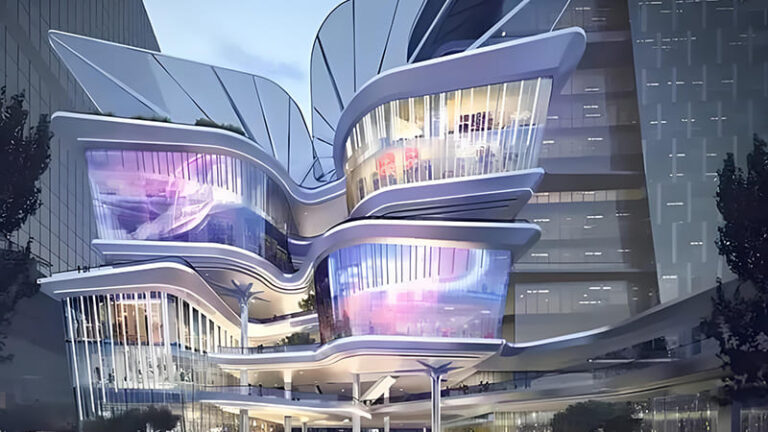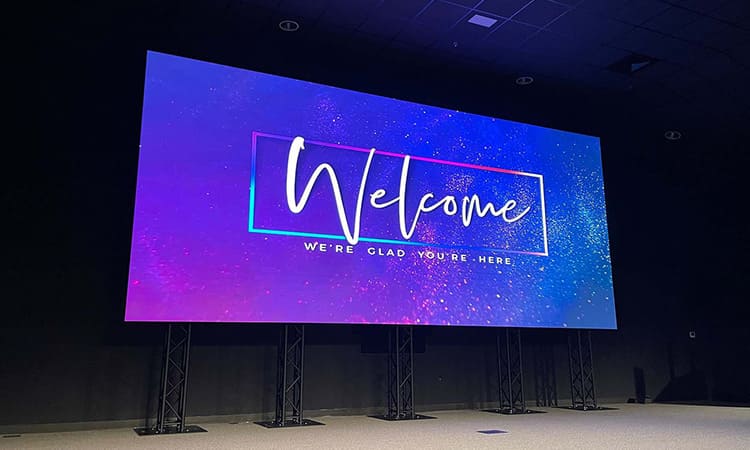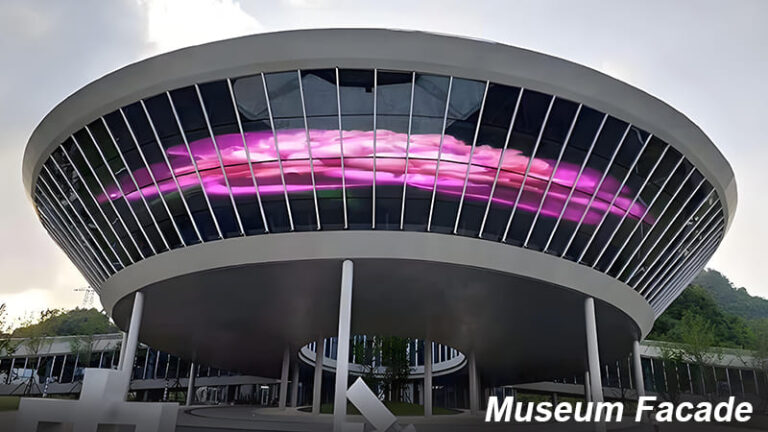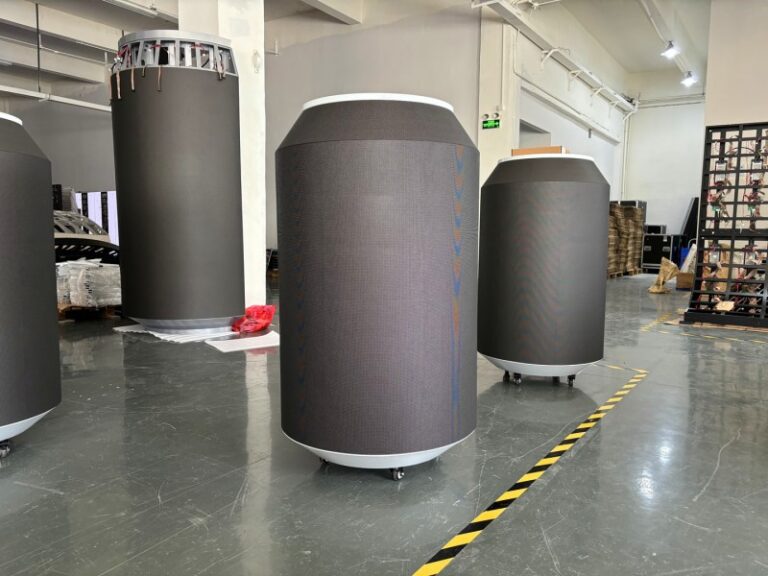
Digitopia Holographic LED Screen: High-Transparency Displays with S...
In a world where immersive experiences are redefining how brands engage audiences, Digitopia’s Holographic LED Screen stands out...

When you look at LED display specifications, terms like “MTBF ≥ 10,000 hours” (mean time between failures) and “half-life ≥ 50,000 hours” may give the impression that LED screens can last for decades. On paper, this could mean nearly 20 years of operation if used for 12 hours a day.
But the real-world lifespan of LED display screens is much more nuanced. While the numbers set theoretical expectations, the actual performance of an LED screen depends on quality, environment, usage, and maintenance.
At Ebani Tech, through Digitopia™ Smart Screens, we work with brands to set realistic expectations and extend the usable life of their LED investments.
The Real Lifespan of LED Displays
Key Factors That Affect LED Screen Lifespan
1. Build and Material Quality
The manufacturing process, chip quality, and raw materials directly affect lifespan.
2. Environmental Conditions
Outdoor and unstable environments shorten lifespan dramatically.
3. Frequency and Duration of Use
4. Maintenance and Operation Practices
Good care extends longevity.
Beyond the Numbers: A Balanced Perspective
While datasheet numbers suggest that LEDs can last decades, real-world operation paints a different picture. Indoor LEDs can last a decade with care, but outdoor LEDs exposed to harsh elements will have a shorter life cycle.
The bottom line: your screen’s true lifespan is a product of build quality, environment, usage intensity, and maintenance discipline.
Digitopia’s Approach
At Digitopia™ by Ebani Tech, we help brands extend the life of their LED displays by:
This ensures that whether it’s an indoor salon screen at TrimX or a 25×12 ft Curved LED at Odeon Mall, our clients get maximum value and durability from every installation.
📞 For expert consultation on LED display lifespan and maintenance strategies, call +91 7799000590 / +91 7799000600
📧 Email: [email protected]
Digitopia™ by Ebani Tech
Helping brands see beyond the numbers to real, lasting performance.

In a world where immersive experiences are redefining how brands engage audiences, Digitopia’s Holographic LED Screen stands out...

Modern museums are more than spaces to preserve history — they are cultural landmarks that blend architecture, storytelling,...

As technology continues to evolve, LED displays have become one of the most powerful tools for advertising, branding,...